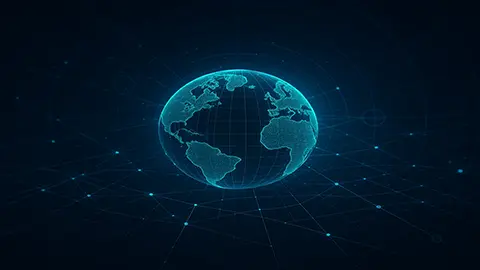A New Financial Benefit for EV Drivers
We’ve written a lot about the benefits of vehicle-to-grid (V2G) technology here at GreenCars. V2G can not only help significantly lower the cost of owning and charging an electric vehicle, but can also improve the resilience of the grid itself. Because your EV’s battery effectively becomes part of the grid when it’s parked – storing and deploying energy as needed – it can reduce the need to upgrade the grid, while saving you money in the process. Up till now, V2G has largely been theoretical, an interesting new technology that will make EV ownership more attractive. But now, Ford and Southern California Edison are bringing V2G tech to reality for customers in Southern California.
Ford EV owners and lessees that live, park, and charge in Southern California Edison’s service area can now be compensated for plugging in their EVs and assisting the grid during periods of peak energy demand. The battery of the F-150 Lightning, for example, acts as an extension of the grid when plugged in – powering the home or supplying energy directly to the grid when it’s most stained.

How Does Vehicle to Grid Work?
The Ford California Power Response Program, as it’s called, adds further financial benefits to driving an electric vehicle. Enrolled customers pause their EV charging during peak periods, and a two-way charger actually feeds electricity back into the grid while plugged in. Using a mobile app, customers can tell the vehicle when they need to have a certain level of charge, and a two-way wall box ensures that the vehicle is ready to go when needed. Customers can also override the system if they need a charge immediately.
Ford and Southern California Edison will pay customers $1 per kWh of energy supplied to the grid. That doesn’t sound like a lot, but it’s actually much more than one would typically pay to charge an EV on a fast charger, which averages about $0.50 per kWh. It’s also a lot more than it costs to charge an EV at home, which typically works out to between $0.10 and $0.20 a kWh. That means that by allowing the grid to make use of an EV’s battery when it’s plugged in – and then charging the car to ensure it’s ready to depart – the Power Response Program actually provides EV drivers with a net financial benefit.
Special Equipment Required for V2G
The California Power Response program takes advantage of Ford’s managed charging solution – which requires about $10,000 worth of equipment and installation, including a two-way charger unit. Ford and Southern California Edison have partnered with Olivine to manage the integration of the special charger and Ford’s EVs into California’s Emergency Load Reduction Program (ELRP), a five-year pilot program which pays electricity consumers for reducing energy consumption, or increasing electricity supply, during periods of electrical grid strain. The two-way charger and custom software allow real-time adjustments and optimized charging strategies that serve both the grid and the needs of Ford’s EV drivers.
“The future of the two-way grid is now. The electric industry has been preparing infrastructure and systems to take advantage of vehicle-to-grid integration, and a lot of hard work on all sides is now making that a reality,” said Steve Powell, president and CEO of Southern California Edison. “Ford’s support of the ELRP will show how EVs can make the grid more resilient. The ELRP incentivizes EV drivers to send power from their car battery to the grid when it is needed most.”
Conclusion: Another Financial Benefit for EVs
“Ford’s California Power Response program is another example of Ford maximizing every benefit possible for our electric vehicle customers,” said Bill Crider, senior director of global charging and energy services at Ford. “Electric vehicles can deliver cost savings through incentives provided by leading utilities such as Southern California Edison, and current vehicle-to-home and near-future vehicle-to-grid services open even more benefits to customers, the electric grid and communities at large.”
Because of the cost of the equipment, at the moment, the advantages of vehicle-to-grid technology are currently available only to relatively well-off Ford customers willing to invest in the equipment. But, over time, as V2G technology becomes more common, costs will come down – and ever more EV drivers will get to take advantage of the financial benefits of helping out the power grid with their EVs.
















